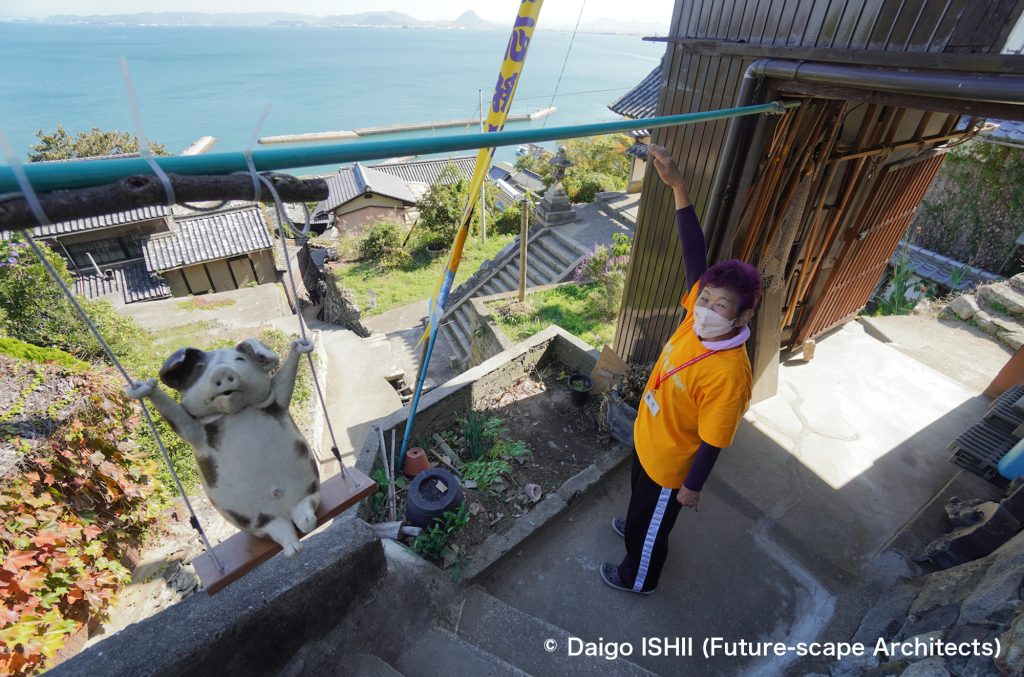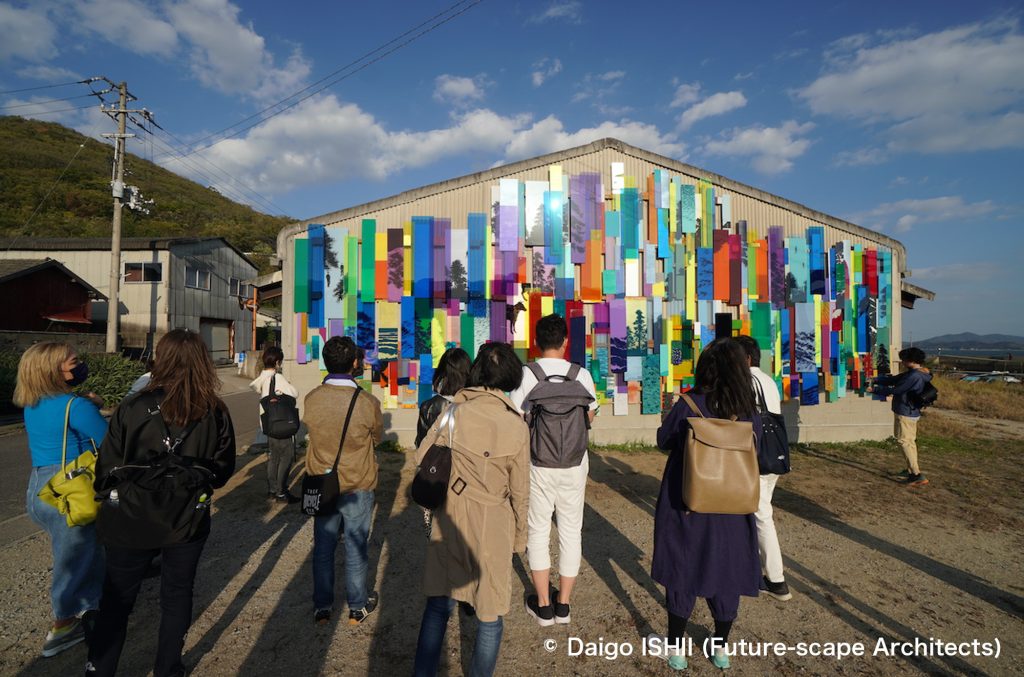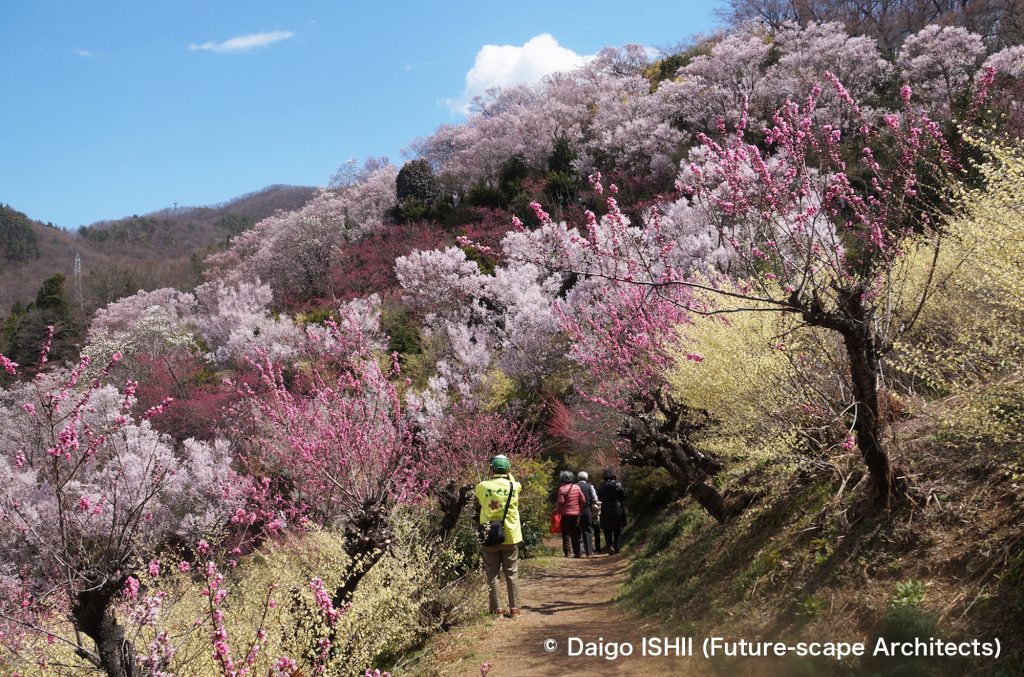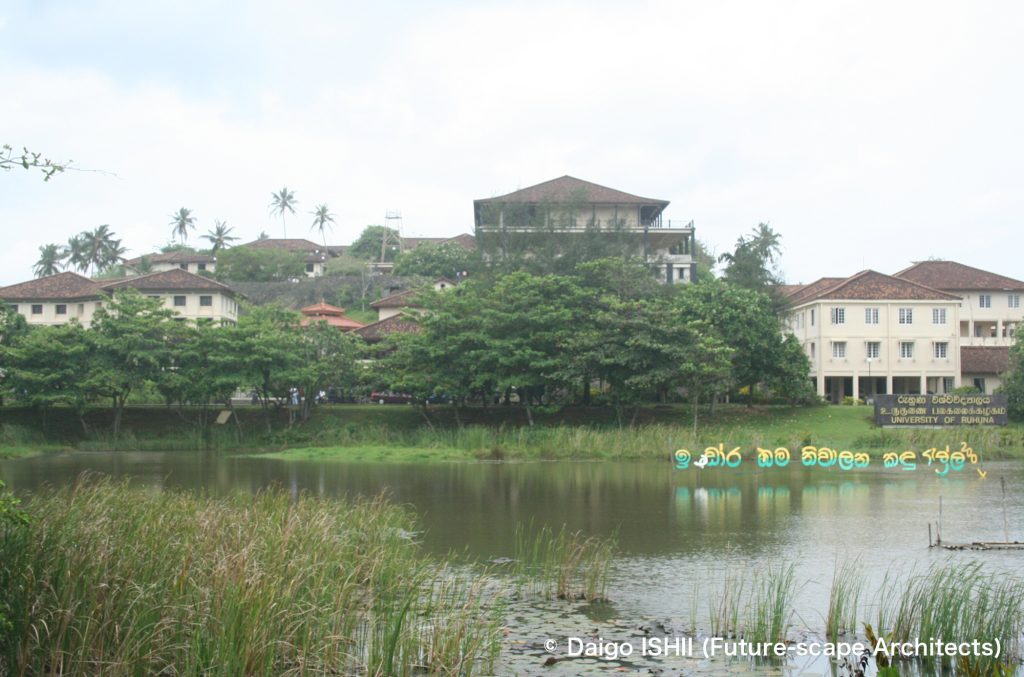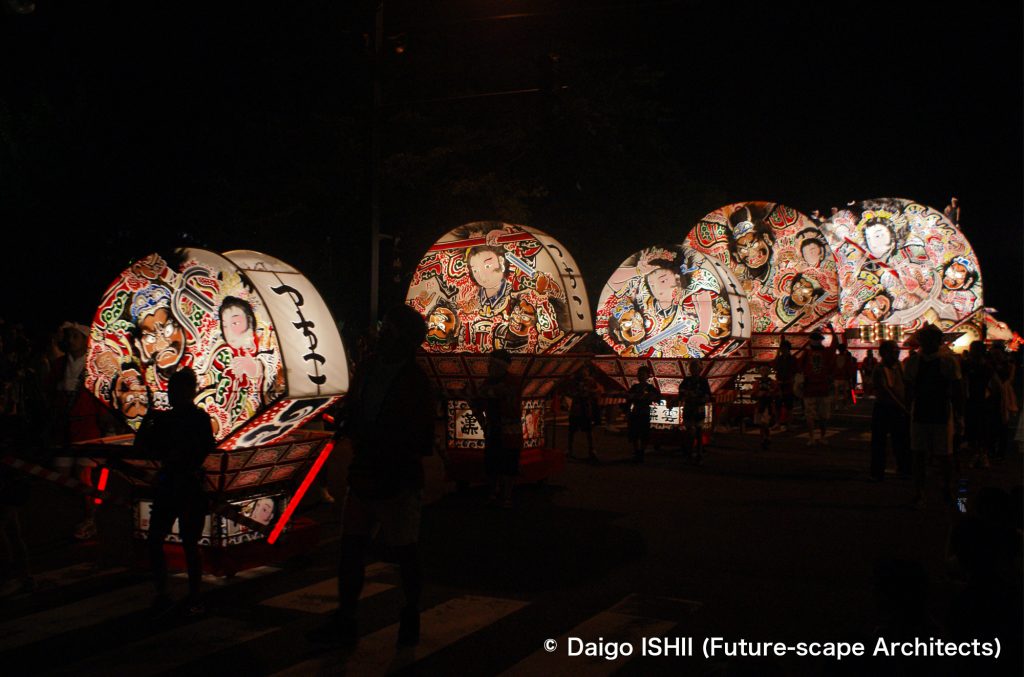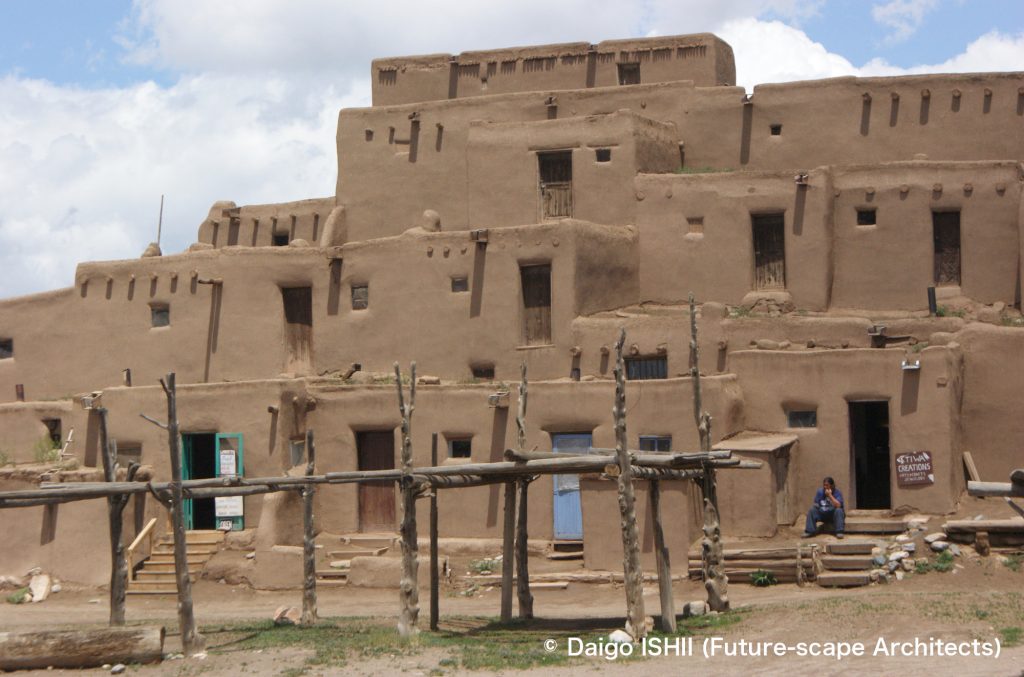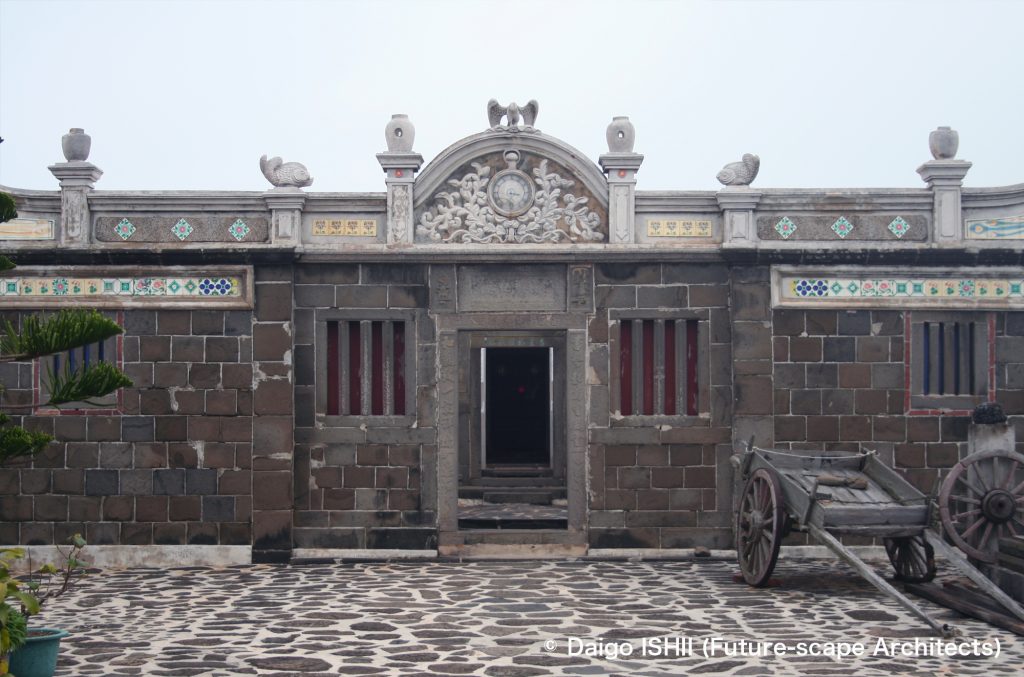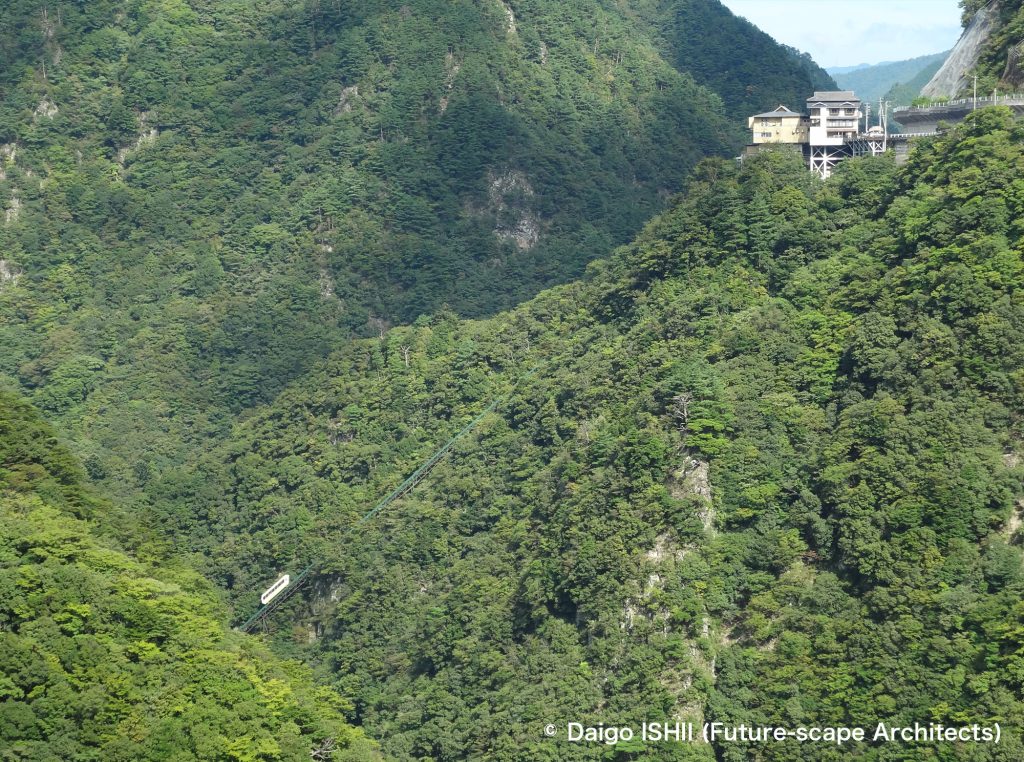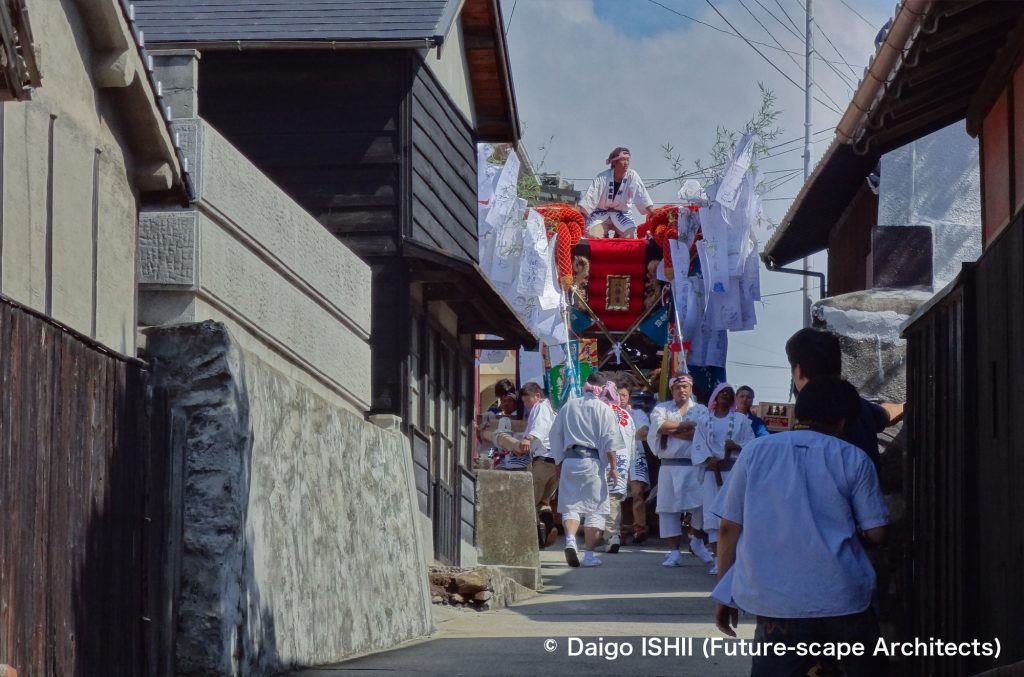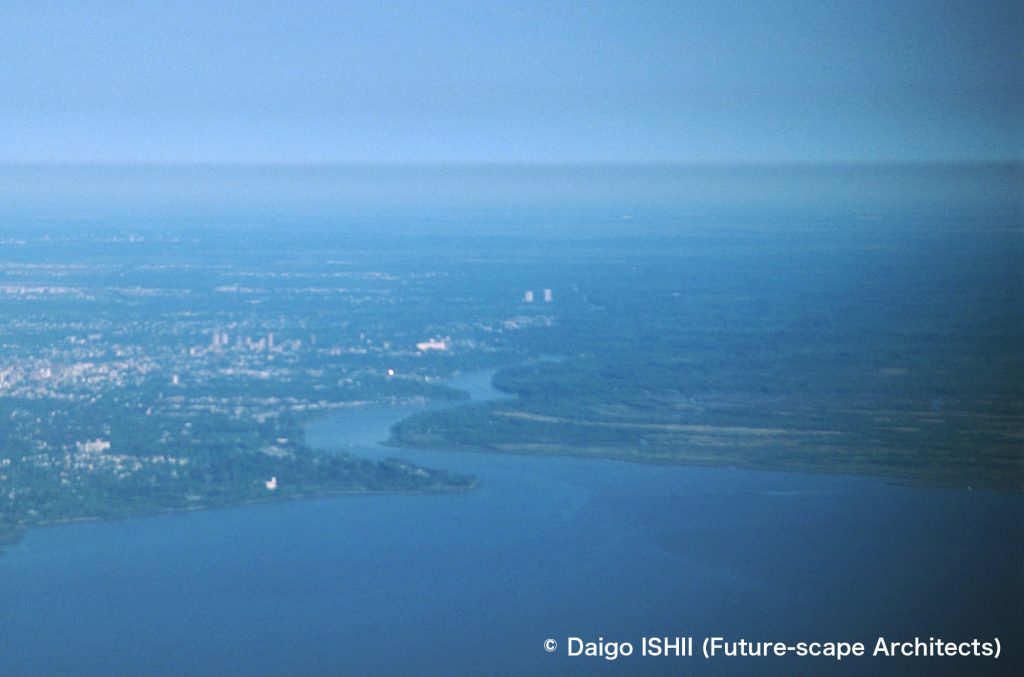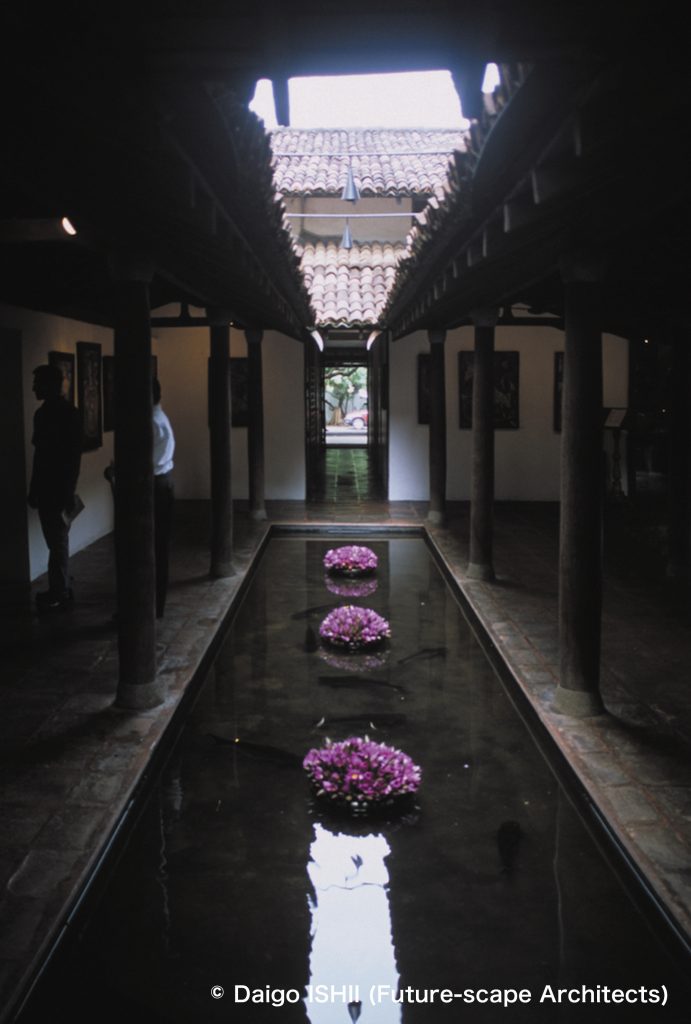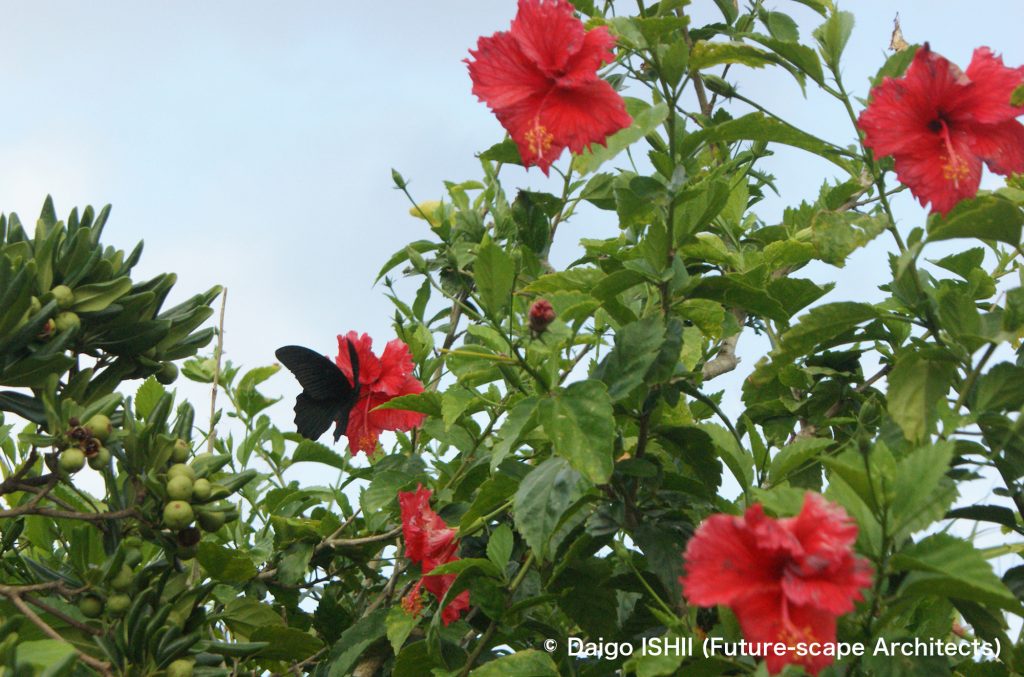How is Art Setouchi 2022 in its 5th and twelve year since its 1st related to houses and village on islands?
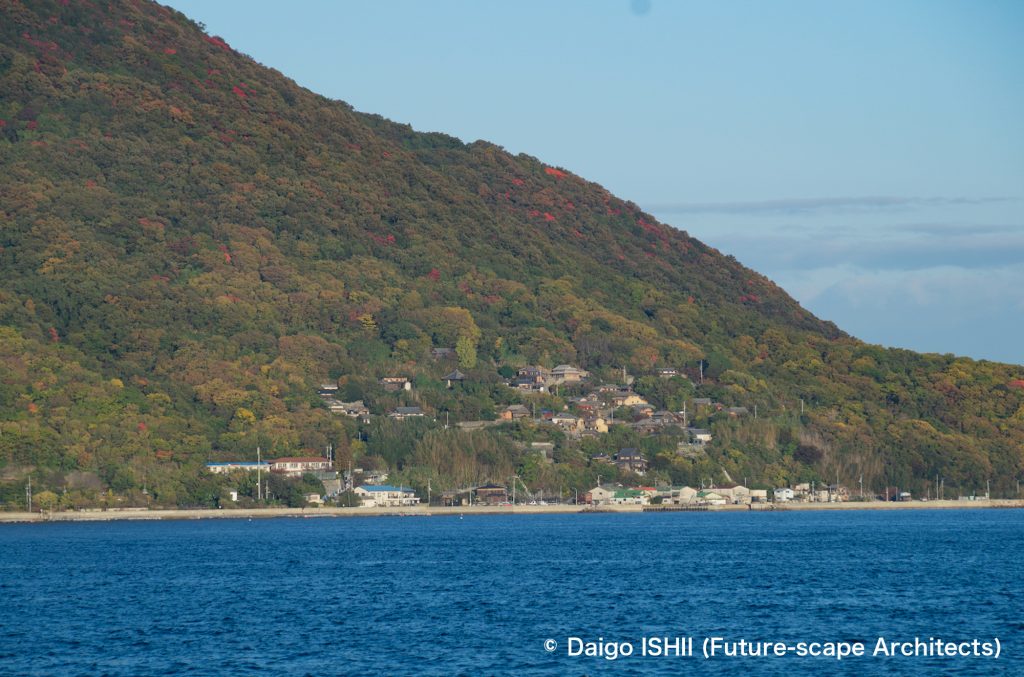
https://goo.gl/maps/fMGRdCEKwfC1GekbA
The first time I visited Takamijima island was in 2010 when the art festival started in the far islands in the same prefecture. This Island had no visitors. Wonderful houses were left in the slope village, but many houses were abandoned, and only three residents lived. Most houses were accessed with the stairs, and it was difficult for the aged to live there. So, when the island was selected as the venue for the art festival in 2013, I thought that the village had a chance to survive.
I had imagined a future where Takamijima island and other islands would revive the houses and villages along with the art festival, but that prediction was wrong. From the artist's point of view, it is an authentic method to create an artwork based on its current state of a dilapidated house. A part of the artworks were installed after having removed the floor in bad condition as a one-time artwork, and, after closing, the houses as a venue seemed to neither back to the original nor be renovated but will be left in a weaker state than it was before. The house on Ibukijima island had a taste of a modern traditional Japanese design, which was rare on the island, but the traditional floor was removed so that people would walked with shoes on. Since the architect's viewpoint was "house-oriented", I as an architect was a little skeptical about artworks that lacks consideration for the house.
The art festival has become a catalyst for attracting people back to the islands close to Takamatsu as a prefecture capital, and migrants restored old houses and changed them into a cafe or a guest house that are open all year round. Meanwhile, in the islands far from Takamatsu, few tourists visit except the festival period, and the movement to restore was weak.
It is the most successful art festival in Japan, with nearly 1 million visitors and an economic effect of 20 billion yen in 2019. So, now it seems that the time to advance the phase, that is, the time to restore houses and villages that will serve as art venues by the support of the national and prefectural governments, has come. The restored place to install an artwork must also be a tourism attraction.

https://goo.gl/maps/fMGRdCEKwfC1GekbA

https://goo.gl/maps/ZmwRbwLBMa97wQNh9

https://goo.gl/maps/hyb29CtKXPwzZVjo6

https://goo.gl/maps/bCL8CgfhQfZAajHWA

https://goo.gl/maps/ZxwV3J5S6sFtEQEy7

https://goo.gl/maps/Hin5hRN2tAXzxLLe9

https://goo.gl/maps/uCP4Un7KCmjeVzPJA

https://goo.gl/maps/WkWseS1cpXGiZGog8

https://goo.gl/maps/JrYeg3WpBTe6N4zt6

https://goo.gl/maps/v7hsbUkY2YT8H18g7

https://goo.gl/maps/EFGY2QPvN6HLKuz87

https://goo.gl/maps/VQ26FyCFm98H86PC7
Click here for your impressions
Takamishima island
Ibukijima island
Ogijima Island
Honjima island
reference
瀬戸内国際芸術祭2022公式ガイドブック アートと島を巡る旅(北川フラム/瀬戸内国際芸術祭実行委員会,現代企画室,2022)
Please do not use or upload our photos without permission.




